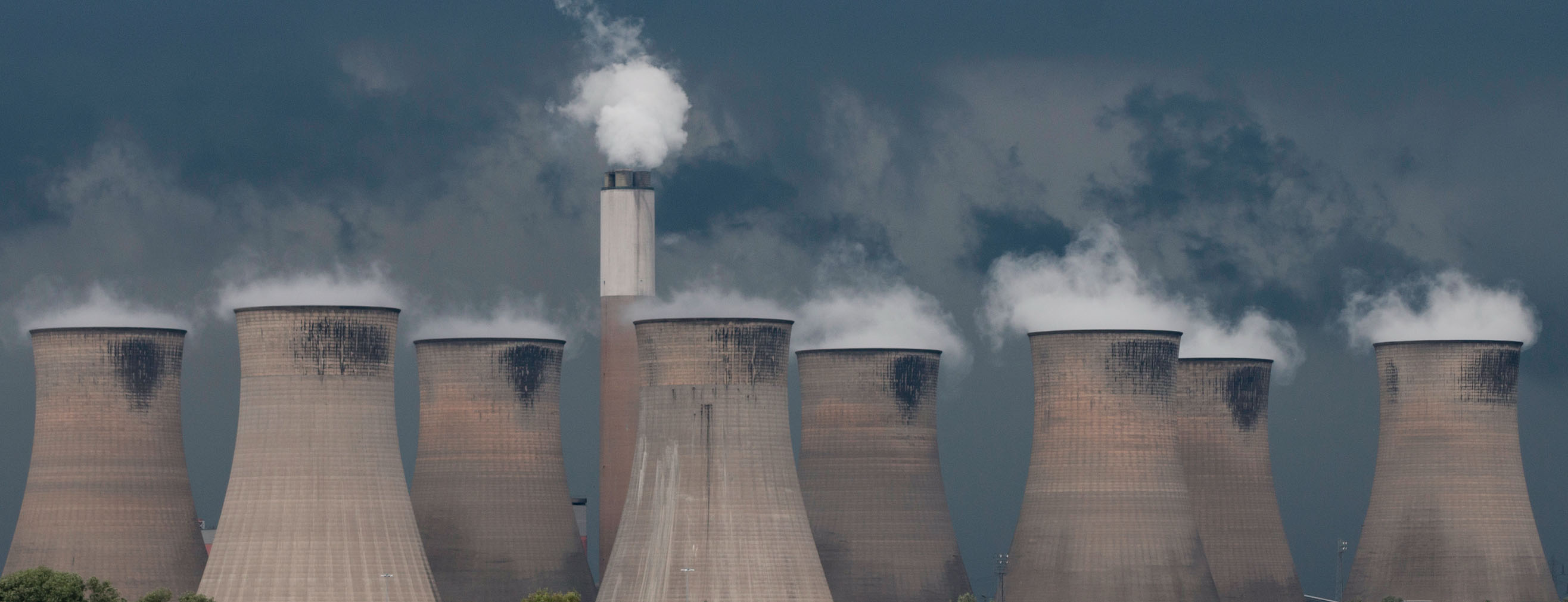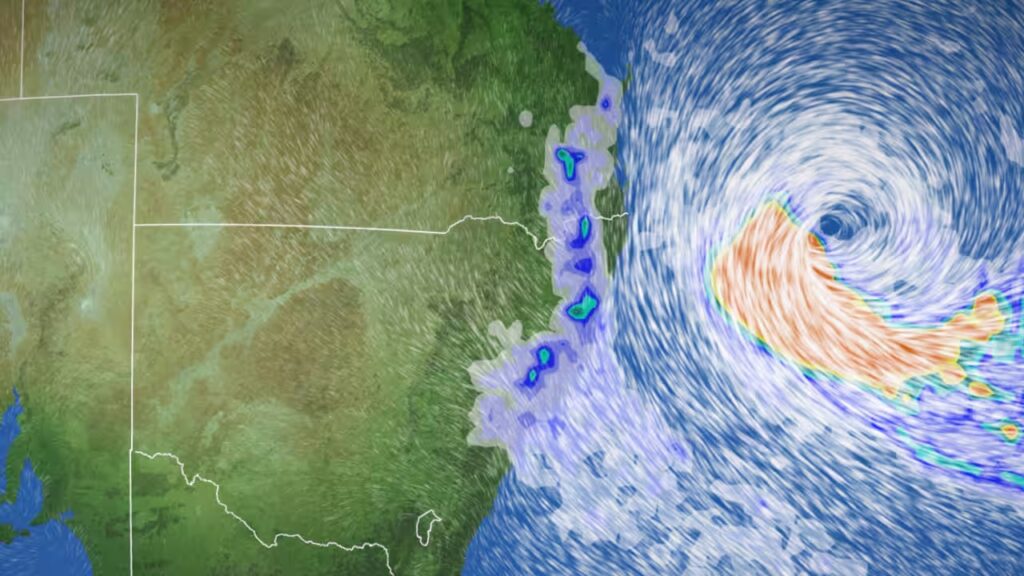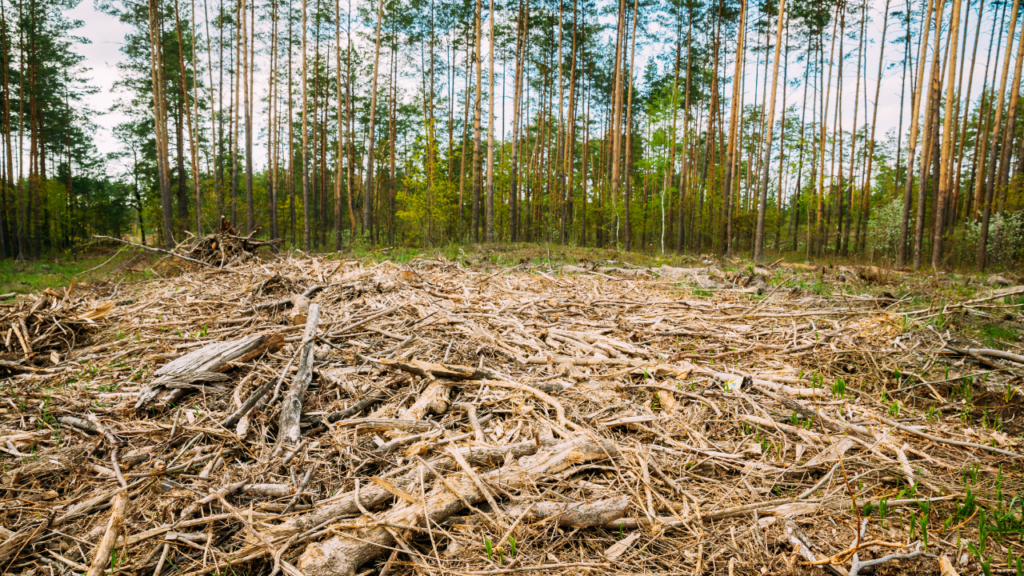Australia currently has a target to reduce its domestic emissions by 43 percent on 2005 levels by 2030. Voters at the 2022 Federal Election overwhelmingly signalled they want stronger climate action, and they want it now. But the 2030 target will need to be strengthened significantly to align with the goal of the Paris Agreement to limit warming well below 2 degrees Celsius (2°C), and pursue efforts to limit it to 1.5 degrees Celsius (1.5°C). For this to happen, emissions need to peak by 2025, and rapidly decline thereafter. The Climate Council recommends that Australia cut its emissions 75 percent by 2030 (based on 2005 levels), and aim to reach net zero by 2035. This is the critical decade for climate action, and every fraction of a degree of warming avoided will help ensure a safer climate for generations to come.
Australia is on the frontline of the climate crisis and is one of the most impacted countries in the developed world, but is extremely well-placed to take significant action. This means driving carbon pollution down rapidly, phasing out fossil fuels and ramping up the transition to renewables by capitalising on our abundant clean energy resources. So what does ‘net zero’ actually mean?
What does net zero emissions mean?
‘Net zero emissions’ refers to achieving an overall balance between greenhouse gas emissions produced and greenhouse gas emissions taken out of the atmosphere. Think of it like a set of scales: producing greenhouse gas emissions tips the scales, and we want to get those scales back into balance, which means no more greenhouse gas can be added to the atmosphere in any given year than is taken out.
To avoid a climate catastrophe, greenhouse gas emissions must be as low as possible. In other words, we need to get as close as possible to real zero, and only rely on carbon offsetting when it is absolutely necessary. This means that we need to rapidly phase out all fossil fuels – coal, oil and gas – and transition to renewable energy across all sectors of the economy.
What does a good net zero emissions target look like?
Based on the guide developed by the United Nations Framework Convention on Climate Change (UNFCCC), there are key measures that need to be used to determine whether a net zero target measures up:
Is it about now?
Reducing emissions this decade is critical if we are to avoid locking in the most catastrophic impact. Any long term net zero target must also be complemented by an interim target.
Is there a credible plan?
Any net zero target must be accompanied by a clear plan of immediate and longer term action, and must not rely on carbon offsetting.
Is it fast enough?
The target must reduce emissions by 2030, ideally faster. Emissions must peak by 2025 and rapidly fall after this to avoid locking in the worst impacts of climate change. For Australia, this needs to be a 75 percent reduction on 2005 levels by 2030. This gives us the best chance of avoiding catastrophic climate consequences.
Can we see progress?
The target must be reported on at least annually.
Will it cover all emissions?
The target must cover all greenhouse gases and cover all sectors of the economy.
Why is real zero emissions more important than net zero?
Unfortunately, ‘net zero’ claims have been subjected to significant greenwashing, especially by fossil fuels companies and industries touting offsets and untested at scale technologies such as carbon capture and storage. This is why we need to prioritise genuine emission reductions, rather than relying on unproven processes or offsets of questionable integrity which do not lead to actual emission reductions.
It’s taken Australia decades too long, but we’re finally past climate denial, in part due to unprecedented bushfires and floods that are supercharged by our past failure to drive down emissions. Our leaders tell us it’s now about finding solutions; however, offsets are not a solution.
We all want our comfortable lives to continue with a minimum of change. Offsets seem to deliver that. But they cannot solve the central problem which is that every year, we add another 33 billion tonnes of carbon dioxide to the atmosphere by burning fossil fuels. This is why we need to prioritise reducing emissions at source, and rapidly end fossil fuel use. We need to address the root problem of the climate challenge.
How can Australia achieve the necessary emissions reductions?
We already have the technology we need to drastically reduce our emissions, including replacing coal and gas-fired power stations with cheap, clean and reliable renewable energy backed by storage technologies. Australia has unrivalled potential for renewable energy, clean industries, and clean jobs.
To reach our emissions reduction targets, and to avoid locking in further harmful climate impacts, we need to stop all gas and coal expansion and phase out existing use. It is vital that we replace all fossil fuels use as quickly as possible, and meet all of our energy needs with renewables.
Every new tonne of greenhouse gas is heating the planet further, and loading the dice to climate catastrophe. The sooner we stop adding greenhouse gases to the atmosphere, the better. This means rapidly phasing out fossil fuel use in particular by ramping up renewables for electricity generation, having stronger domestic emission reduction targets, decarbonising transport and industry, and incentivising new clean energy industries and exports.
As a wealthy, developed nation which has contributed significantly to the climate crisis, Australia needs to step up internationally and take action to alleviate the burden on developing nations who have contributed to the crisis least, but are disproportionately suffering the impacts of climate change.
Even the traditionally conservative International Energy Agency (IEA) has unequivocally said there can be no new coal, oil and gas projects if the global energy sector is to have a chance at limiting warming to 1.5°C. According to the IEA, all countries – including Australia – have an obligation to expedite their emission reduction plans, and phase out coal-fired power stations by 2030. This is in line with other experts and a growing body of evidence that ongoing reliance on fossil fuels is unnecessary and dangerous.
According to the Intergovernmental Panel on Climate Change (IPCC), in order to honour our commitments under the Paris Agreement and limit global warming to well below 2°C (and pursue efforts to limit that increase to only 1.5°C), fossil fuel use and thereby greenhouse gas emissions need to peak by the mid 2020s, with a rapid decline thereafter.
Australia has an outsized role to play in tackling the climate crisis, as we have played an outsized role in contributing to it through our massive fossil fuel extraction and exports. However, we are also significantly impacted by climate change – one of the most impacted nations in the developed world – but have a high capacity to adopt both adaptation and mitigation strategies.
We also have a comparative advantage, with immense opportunity to transition from a fossil fuel exporter to a green energy superpower. With unrivalled solar and wind power, immense mineral wealth, and the technical know-how to decarbonise key industries, Australia is well-positioned to pivot towards an economy run on renewable energy and green exports.
Is having a net zero emissions target an effective way of tackling climate change?
A target is only as good as the policies underpinning it. The Federal Government recently passed its reform of a key climate policy, the Safeguard Mechanism, which regulates Australia’s 215 biggest polluting industrial sites. However, whilst an important first step, this alone will be insufficient to reach our domestic targets and obligations under the Paris Agreement. Having a target alone won’t tackle climate change, but important policies and regulations such as the Safeguard Mechanism, ramping up renewables in the grid, developing strong fuel efficiency standards, and rapidly phasing out coal and gas are all required to tackle the climate crisis. As the United Nations Secretary-General Antonio Guterres said with the release of the latest IPCC Synthesis Report, “our world needs climate action on all fronts – everything, everywhere, all at once”.
How does the Safeguard Mechanism help?
The Safeguard Mechanism, the first meaningful climate policy passed in Australia in over a decade of inaction, is an important step forward on reducing emissions from Australia’s largest polluters. Covering sectors such as manufacturing and industry, transport and waste, and fossil fuel extraction, the Safeguard Mechanism regulates emissions from Australia’s 215 largest emitting facilities, and requires a reduction of almost 5 percent per year, accounting for 28 percent of Australia’s domestic emissions.
Whilst important, this alone is not enough. Now, we need to build on this momentum to drive even deeper cuts to emissions. To avoid the worst impacts of harmful climate change, Australia needs to end the development of new coal and gas projects, and start a managed phase out of existing fossil fuels.
As a priority to deliver this, Australia needs strong environmental laws that properly consider climate impacts; an end to fossil fuel financing and public subsidies; much tighter limits on offsetting to ensure we are achieving genuine and steep emissions reductions; and a ban on greenwashing so coal and gas companies can’t keep gaslighting us about their climate plans.
We have a narrow window this decade to tackle the climate crisis and avoid the worst consequences, so prioritising genuine emissions cuts and ending pollution-as-usual practices will be key to avoid further warming. While many countries – Australia included – have net zero targets, we should be aiming for zero emissions as fast as possible, and using offsets to meet these goals in very limited situations.
Australia can play a major positive role in helping drive global climate action, at a time when leadership and cooperation has never been needed more. We also have so much more to gain from the transition to renewable energy.










